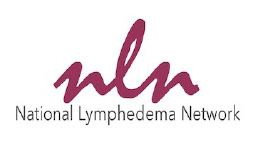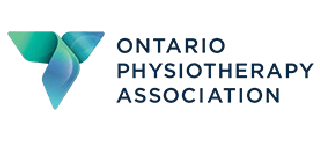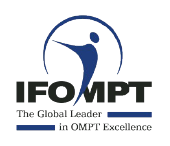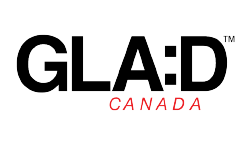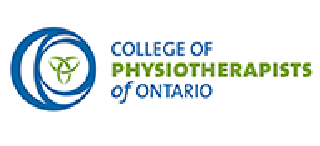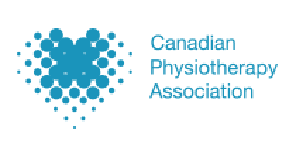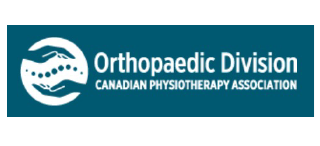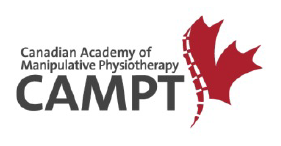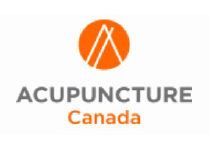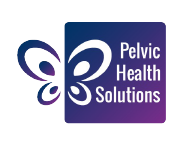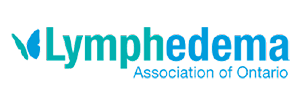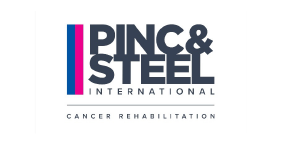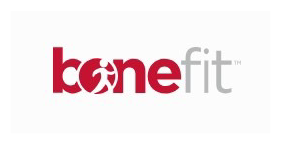Services
Physiotherapy

Physiotherapy is a holistic approach to the prevention, diagnosis and therapeutic management of pain, movement disorders, and the optimisation of physical function. Physiotherapy treatment aims to restore, maintain, and make the most of a patient’s mobility, function, and well-being. It utilizes physical rehabilitation, injury prevention, health education and fitness, including flexibility, strengthening and functional exercises. Physiotherapists get you involved in your own recovery. At Mariposa Physiotherapy & Rehabilitation we utilize education, manual therapy, exercise and modalities if required to assist you in your recovery.
Manual Therapy
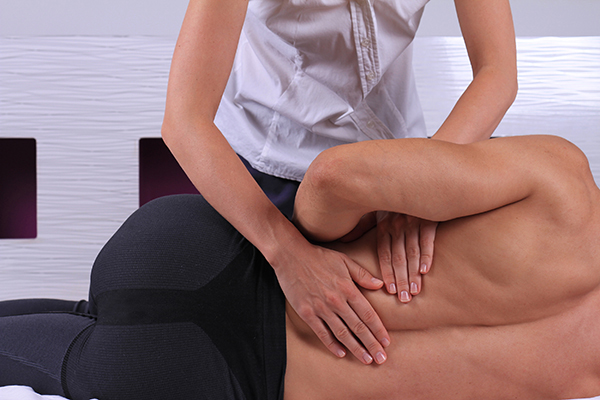
The International Federation of Orthopaedic Manipulative Physical Therapists (IFOMPT) defines orthopaedic manual Physiotherapy as: “a specialised area of Physiotherapy…for the management of neuromusculoskeletal conditions, based on clinical reasoning, using highly specific treatment approaches including manual techniques and therapeutic exercises. Orthopaedic Manual Therapy also encompasses, and is driven by, the available scientific and clinical evidence and the biopsychosocial framework of each individual patient.”
– Joint Manipulation
– Joint Mobilization
– Neurodynamics
– Traction
– Massage
– Trigger Point Therapy
– Myofascial Release
– Passive Range of Motion
– Edema Massage
– Stretches
– Instrument Assisted Soft Tissue Mobilization
Our therapists have completed post graduate studies to develop advanced manual therapy skills to help you recover efficiently and optimally. Training is completed through the Orthopaedic Division of the Ontario Physiotherapy Association & affiliate Master level University training.
The highest achievement in advanced Orthopaedic Manual skills is attained through many hours of continuing education, research, and mentorship. Signified by the Fellow of the Canadian Academy of Manipulative Physiotherapy (FCAMPT) designation, that is awarded only after both rigorous written and oral examinations post study. The therapists that have fully attained this qualification have the FCAMPT designation beside their name under our Professionals tab.

Acupuncture
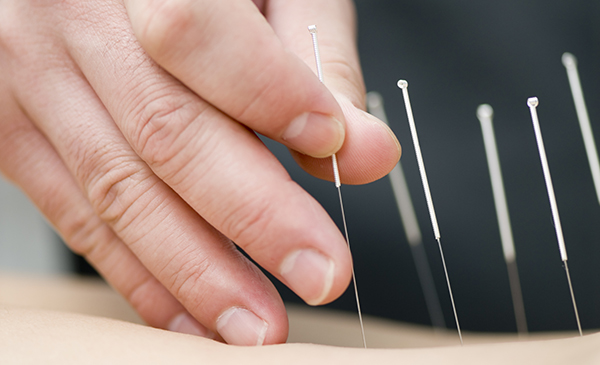
Acupuncture is the insertion of thin sterile needles through the dermis or skin and into the soft tissues beneath. It is a safe practice that originated over 2000 years ago. In Western society, it has been well researched and is strongly supported to stimulate the endorphin system which can result in reduced pain and inflammation. It is commonly used for pain resulting from a musculo-skeletal origin or headaches
Following an assessment by your physiotherapist, treatment with acupuncture may be recommended and would be discussed with you for your informed consent. Typically, the needles are left in position briefly, sometimes with manual or electrical stimulation. The number of needles varies but may be only two or three, depending on your needs. Although acupuncture can be used as a sole treatment, typically it would be used in conjunction with other Physiotherapy skills. There is no additional cost for the acupuncture when you are already attending for Physiotherapy care.
Physiotherapists who incorporate acupuncture into their practice must complete post-graduate clinical education through institutions recognized by the College of Physiotherapists of Ontario. Through Acupuncture Canada after a series of courses, the therapist must pass both a written and oral practical examination to become certified.
Lymphedema
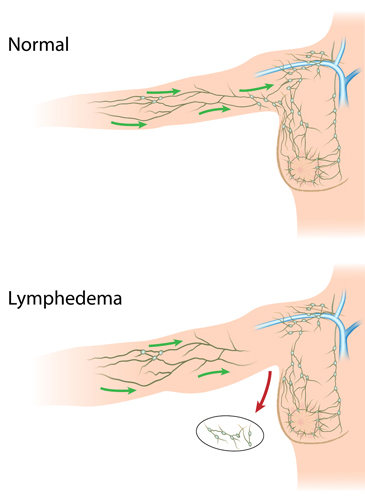
Lymphedema is swelling that occurs in any body area, but typically the extremities and is categorized as either a primary (no known cause) or a secondary lymphedema. Secondary lymphedema is caused by trauma or insult specifically to the lymphatic vessel system. This commonly occurs after surgery or radiation where the lymph nodes have been directly affected.
Typically, the lymph vessel system regulates and removes excessive fluid including waste products from the body. It returns a percentage of the fluid back to the blood stream. If the lymph vessels are disrupted, then a back-up of fluid occurs, creating lymphedema.
Lymphedema can cause pain, mobility restrictions, feelings of tightness or burning in the area, infection and thickening of the skin. A significant increase in the girth of the affected area will often occur as the condition progresses.
Although there is no cure for Lymphedema, it can be well managed to allow an individual with lymphedema to live a happy and active lifestyle.
Combined Decongestive Therapy (CBT)
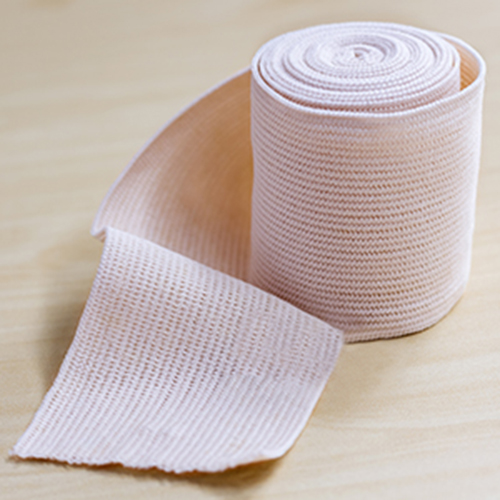
CDT is a combination treatment for lymphedema. It includes:
A distinct and gentle massage technique that requires certified training to provide improved function of the lymphatic system to regulate body fluid. This technique can also encourage the use of alternate pathways to manage fluid when pre-existing pathways have been disrupted. This method is different than traditional Swedish massage techniques
Use of special bandages/garments to manage swelling.
Teaching self-massage, skin care, use of bandages, and understanding the condition and self-management and prevention strategies.
Using appropriate exercise to fit ones’ individuals needs.
With a certified CDT therapist’s help your Lymphedema can be controlled and you can be taught to effectivity self managed the condition.
Pelvic Health Physiotherapy
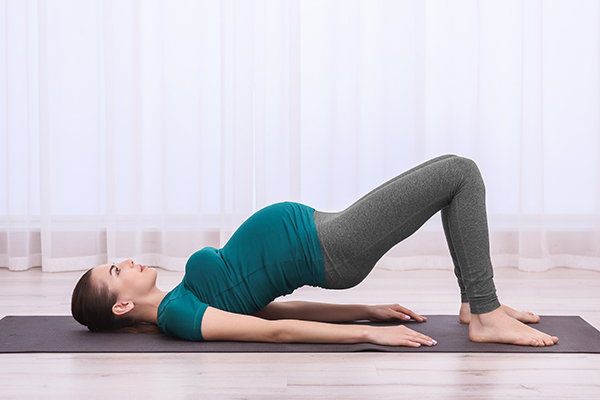
Pelvic floor dysfunction and pain often goes untreated as many individuals are too embarrassed to seek help or are unaware that non-surgical treatment options exist. Pelvic floor Physiotherapy is not a new treatment, but it is becoming better known and accepted. Mainly because in recent years the research has so strongly supported its’ efficacy.
Best Evidence Guidelines (Cochrane, 2010) state that Pelvic Floor Physiotherapy (using internal examination to teach the exercises) should be the FIRST line of defense against all forms of stress, urge and mixed incontinence before surgical consultation.
A proper Pelvic health exam includes the evaluation of both external (back, hip and pelvic mobility, length tension, stability, and muscle function to name a few) and an internal pelvic exam. Other areas to discuss may be diet, skin care, posture, and stress management.
Did you know that Pelvic Health Exams are not just for woman? While 1 out of 4 women will have incontinence, 1 in 9 men are affected as well. There are a number of conditions that are treated for both men and woman in the pelvic region.
Which can contribute to Stress Incontinence, Urge Incontinence, and Pelvic Organ Prolapse. Incontinence is NOT a normal part of aging, nor is it normal post pregnancy.
Which may contribute to Urinary and Fecal Urgency, Urge Incontinence, Chronic Pelvic Pain, Pudendal Nerve Irritation, Interstitial Cystitis, Chronic Prostatitis, Dyspaerunia, Vaginisimus, and Vulvodynia.
Chronic Constipation, Irritable Bowel Syndrome, Coccydynia, Rectus Diastasis, Post-Prostatectomy, Pelvic Girdle Pain in pregnancy/post labour and delivery, pain during intercourse, difficulty starting urine stream, if you have unresolved low back, hip or pelvic pain or if you have pain in the vagina, perineum, rectum, bladder region, or penile, testicular or prostate pain.
Concussion Rehabilitation
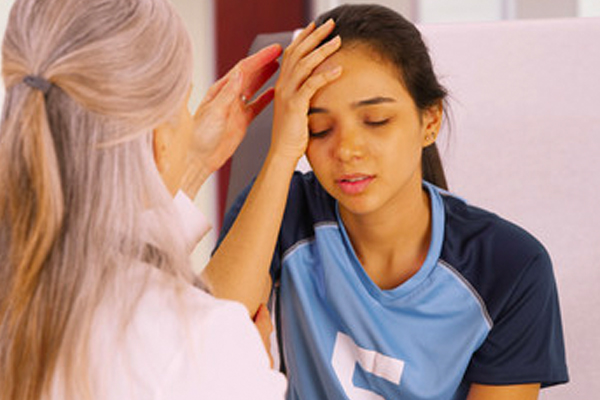
Concussion is a mild traumatic brain injury that results from a bump, jolt or blow to the head which causes the brain to bounce or twist inside the skull. The brain movement stretches, and damages brain cells and leads to temporary chemical changes in the brain that disrupt nerve signals in the brain. These injuries cause the brain not to function normally for a period of time and result in concussion symptoms.
Concussion symptoms can vary from person to person. The most common symptoms include headaches, dizziness, nausea, confusion, balance problems, double or blurry vision, difficulty reading or looking at screens (TV, computer, phone), ringing in the ears, light and sound sensitivity, feeling tired, changes in sleep patterns (difficulty falling asleep or staying asleep), difficulty concentrating or processing information, feeling foggy, depression or sadness, mood changes (irritable, nervous, anxious), and poor memory.
Concussion symptoms can appear within minutes of injury. However, some symptoms may take several hours or even days to develop.
A concussion is diagnosed by a thorough assessment that examines neurological function, function of the eyes and vestibular system, balance and coordination, and neck joints and muscles which support and move the head. Imaging such as CT scan or MRI isn’t always needed because the effects of a concussion are not seen on imaging, unless more serious injuries to the brain are suspected – like bleeding inside the skull, or brain swelling or if symptoms are worsening.
Treatment of concussion require a multi-pronged approach and include education regarding appropriate activities, pacing, work, school, or sport accommodations, treating of neck joints and muscles with manual therapy and exercises for strengthening, vestibular rehabilitation to decrease dizziness and to improve balance and coordination, exertion training to improve tolerance to activities, and vision exercises to improve eye function. Sometimes a referral to a neuro optometrist for a functional vision assessment and vision therapy is required.
The length of recovery from a concussion varies depending on severity in injury. Most concussions resolve in few days, but some will persist for weeks oven months.
Vestibular Rehabilitation (VR)
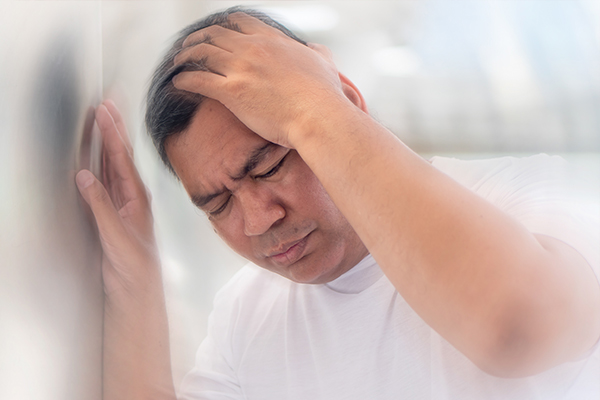
Vestibular Rehabilitation (VR) is a specialized form of physiotherapy intended to treat and improve symptoms caused by vestibular (inner ear) disorders. People with vestibular disorders often experience dizziness, vertigo, visual disturbances such as blurry vision, motion sensitivity, feeling of being off balance or unsteadiness which can lead to other symptoms such as nausea and/or vomiting, reduced ability to focus or concentrate, and fatigue.
Vestibular disorder symptoms can affect quality of life and can impact all aspects of life from ability to work to participation in social and recreational activities.
Vestibular rehabilitation is effective in improving symptoms related to many vestibular disorders. It involves various treatment methods such as head and body maneuvers to reposition dislodged crystals that cause vertigo, gaze stabilization exercises to improve control of eye movements so vision is not blurry during head movements, habituation exercises to decrease motion sensitivity and dizziness with quick head movements or changes in position, and balance training exercises to improve steadiness and reduce risk of falling.
Vestibular rehabilitation treatment is patient specific depending on specific problems identified during a comprehensive clinical assessment by a vestibular physiotherapist.
Orthotics
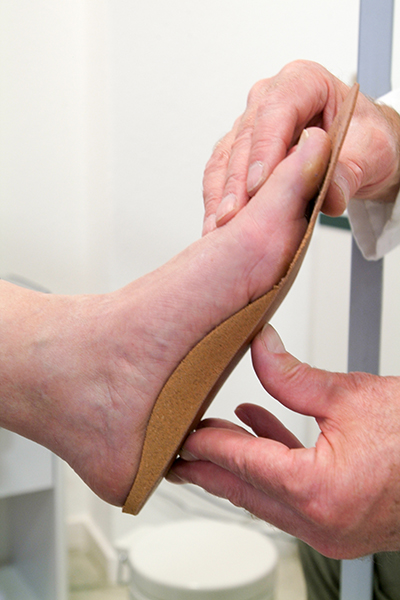
Custom made orthotics are designed with the partnership of the trained Physiotherapist and Langer Biomechanics. Langer is the manufacturing company that is overseen by a Pediatrist with over 25 years of experience in orthotic design. An orthotic assessment is one hour long and involves a detailed exam taking multiple measurements of foot and ankle mobility, including a gait analysis. A plaster mold is then casted for each foot. The combination of the measurements, analysis and the mold is used by the Langer laboratory to design an orthotic that is custom to your needs. Orthotics can be created to be transitional from shoe to shoe or as a custom-made orthotic shoe or sandal.
An orthotic may be necessary if you have poor foot or ankle mechanics or alignment. They may also be useful to off load a painful foot condition such as plantar fasciitis or for lower back, hip or knee pain.
Many insurance companies’ cover the cost of the assessment, casting and the orthotic device. It is always advisable to check with your personal policy to determine if there are special stipulations to coverage.
GLA:D Canada Program
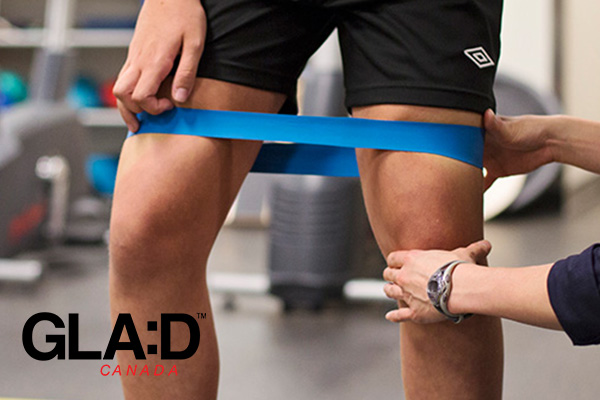
GLA:D® is an evidence-based program for the treatment and management of osteoarthritic symptoms. It is a combination of both education and an exercise program which promotes independence in physical activity. It is a series of one-hour sessions. Two are dedicated to education so you are aware of what osteoarthritis is and how the program can help you.
The remainder of the sessions focus on the development of a neuromuscular exercise program that are completed twice a week for six weeks to improve muscle control and stability of the joint, which leads to reduction in symptoms and improved quality of life.
The sessions are focused on exercises that you will learn to incorporate into your daily life to continue to manage your symptoms. The program can be delivered in a group setting, individually and in-person or virtually.
Modalities Utilized
Ultrasound
Ultrasound is a method of stimulating the tissue beneath the skin’s surface using very high frequency sound waves, between 800,000 Hz and 2,000,000 Hz, which cannot be heard by humans. It provides a deep heat at the cellular level which can aide in increased circulation. This can decrease inflammation and help bring in healthy cells for healing.
Acupuncture
Acupuncture involves the insertion of extremely thin needles through your skin at strategic points on your body. The body recognizes the needles as foreign objects and attacks the area by bringing in your bodies natural chemical defense mechanisms. These chemicals (i.e. endorphins, histamines) help to decrease pain and inflammation.
Interferential Current
Interferential (IFC) is a cross reference of a low and high frequency current to transmit a moderate frequency current through the skin to the deeper lying muscle tissues. Electrodes are placed on your skin around the injured body part. The Interferential Current device then transmits electrical impulses in minute quantities through your skin. It is mainly used to reduce pain.
Transcutaneous Electrical Nerve Stimulation
Transcutaneous electrical nerve stimulation is a therapy that uses low-voltage electrical current for pain relief. The electrodes are often placed on the area of pain or at a pressure point, creating a circuit of electrical impulses that travels along nerve fibers.
Neuromuscular Stimulation
Neuromuscular Stimulation is the elicitation of muscle contraction using electric impulses. The impulses are generated by a device and are delivered through electrodes on the skin near to the muscles being stimulated.
Taping Techniques
Taping technique is designed to facilitate the body’s natural healing process while providing support and stability to muscles and joints without restricting the body’s range of motion.
Cupping
Cupping therapy is an alternative medicine in which a therapist puts special cups on your skin for a few minutes to create suction. The light massage effect is helpful in the reduction of myofascial restrictions. It is also useful to help with the reduction of pain and inflammation, improve blood flow, and for general muscle relaxation
Heat or Cold Therapy
Heat or Cold Therapy are commonly used to treat pain and to reduce swelling. Moist heat penetrates the tissues deeper than dry heat and creates vaso-dilation of the venules. The increased blood flow can assist with muscle relaxation. Cyrotherapy or cold therapy causes vaso-constriction of the venules and creates an analgesic effect on the tissues.
Telerehabilitation
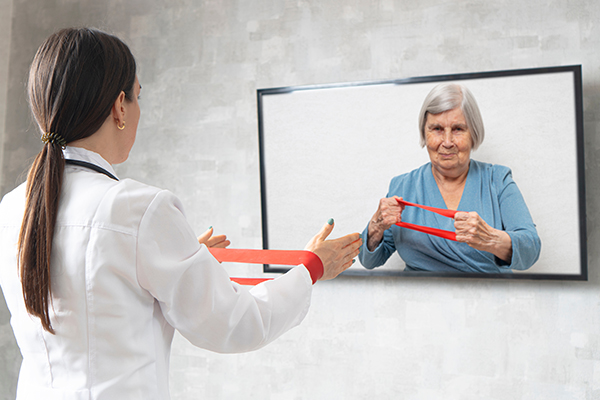
Telerehabilitation is an electronic virtual Physiotherapy session, similar to facetime or zoom but through a confidential and secure network that allows you to benefit from our services in the comfort of your home. All you require, is a device with audio ability like a cell phone, tablet, laptop or computer. We suggest you set-up in a quiet and private area of your home with enough space to sit, stand, lie down to perform various movements for your assessment or treatment.
Book these appointments by calling our office at:
705-327-0008 and we will send you a secure link for your session.
Massage Therapy
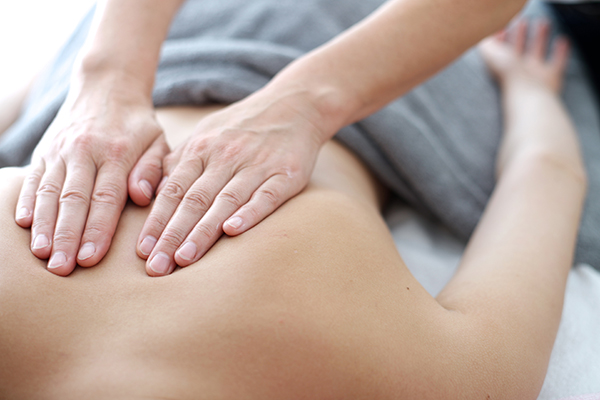
Registered Massage Therapists are College trained regulated health professionals who assess and treat the soft tissues. They meet the requirements for their diploma and license to treat through the completion of hands on training, and by passing a series of both written and practical examinations. The Massage therapist will assess your needs and discuss your goals for recovery. The Massage therapist and Physiotherapist will often work collaboratively to assist in your care. Open communication is necessary to ensure your goals are met and that duplication of services are not made. Our Massage Therapists are registered members of the College of Massage Therapists of Ontario and adhere to the Regulated Health Professionals Act.
Massage therapy may be utilized to help with the reduction of pain, muscular tension, improve range of motion or decrease the effects of tissue adhesions. Massage therapy can also be useful to help with stress reduction which often causes pain syndromes in the back or neck, cause headaches and or muscle tension.

